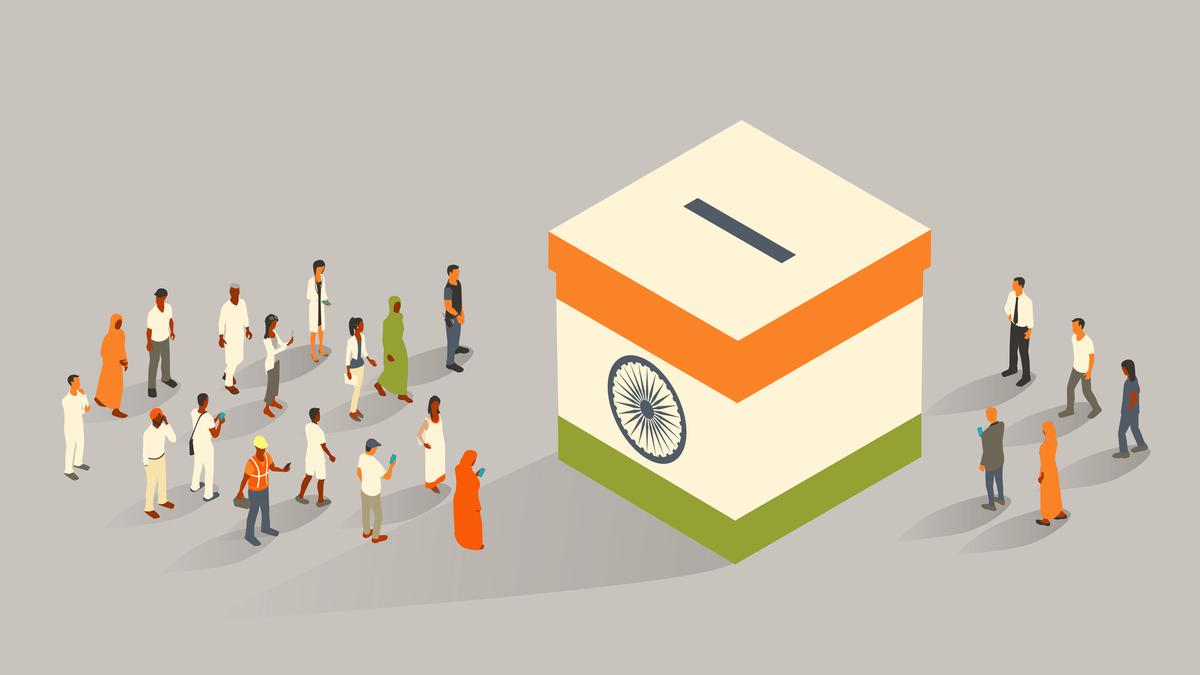- Courses
- GS Full Course 1 Year
- GS Full Course 2 Year
- GS Full Course 3 Year
- GS Full Course Till Selection
- Answer Alpha: Mains 2025 Mentorship
- MEP (Mains Enrichment Programme) Data, Facts
- Essay Target – 150+ Marks
- Online Program
- GS Recorded Course
- NCERT- First Ladder
- Polity
- Geography
- Economy
- Ancient, Medieval and Art & Culture AMAC
- Modern India, Post Independence & World History
- Environment
- Governance
- Science & Technology
- International Relations and Internal Security
- Disaster Management
- Ethics
- Current Affairs
- Indian Society and Social Issue
- CSAT
- 5 LAYERED ARJUNA Mentorship
- Public Administration Optional
- ABOUT US
- OUR TOPPERS
- TEST SERIES
- FREE STUDY MATERIAL
- VIDEOS
- CONTACT US
Equivalence Certificates for Foreign Degrees
Equivalence Certificates for Foreign Degrees
09-04-2025

- On April 4, 2025, the University Grants Commission (UGC) notified the University Grants Commission (Recognition and Grant of Equivalence to Qualifications Obtained from Foreign Educational Institutions) Regulations 2025.
- This regulation aims to streamline the process of recognizing foreign degrees and academic qualifications in India.
- It will address the challenges faced by Indian students returning from abroad with international credentials.

What is an Equivalence Certificate?
- An Equivalence Certificate confirms that a foreign qualification (degree, diploma) is equivalent to a specific qualification level in India. This certification is necessary for:
- Higher Studies: To ensure eligibility for admission to Indian institutions.
- Employment: For employment opportunities that require UGC-recognized qualifications.
Key Features of the New Regulations:
- Issuing Authority:
- The University Grants Commission (UGC) will be the authority responsible for issuing equivalence certificates.
- This new system replaces the earlier process managed by the Association of Indian Universities (AIU).
- Scope and Applicability:
- The regulations apply to non-professional degrees (e.g., undergraduate and postgraduate degrees) obtained from foreign institutions.
- Exclusions: The new rules do not apply to professional degrees in fields like Medicine, Pharmacy, Nursing, Law, Architecture, etc., as these are regulated by specific statutory councils in India.
- Validity:
- The equivalence certificate will be valid for all UGC-recognized academic institutions and applicable for higher education, research, and employment in India, with a few exceptions as noted above.
- It will also apply to qualifications obtained via distance learning or online education.
- School qualifications (with at least 12 years of schooling) for undergraduate admissions are also covered.
- Equivalence Parameters: The UGC's process for granting equivalence is based on several parameters:
- Recognition of the foreign institution in its home country.
- Comparability of entry requirements, course duration, and credits with Indian programs.
- A Standing Committee on Equivalence will evaluate institutions and qualifications, assessing factors such as:
- The institution’s status in national and international rankings.
- The minimum duration and credit requirements for the course (with a permissible variation of up to 10%).
- The structure of the curriculum, including core, elective, cross-disciplinary courses, lab work, contact hours, self-study hours, and experiential learning components.
- Evaluation mechanisms, such as thesis or dissertation assessments and internship requirements.
- Online Portal and Evaluation Process:
- Application: Applicants must submit requests through a dedicated online portal.
- Evaluation: Each application will be reviewed by a Standing Committee of education experts within 10 working days.
- The final decision will be communicated within 15 working days.
- If additional documents are required, applicants will be given more time, and the decision timeline will be adjusted accordingly.
- Review Process: In case of rejection, applicants can seek a review within 30 working days by paying a specified fee.
- The Review Committee will reassess the application and issue a recommendation within 10 working days.
- Unrecognized Institutions Not Eligible:
- Degrees obtained from unrecognized institutions or unaccredited programs, including those offered through franchise arrangements, will not be eligible for equivalence.
Why is This Regulation Needed?
- Alignment with NEP 2020:
- The new regulations are in line with the National Education Policy (NEP) 2020.
- It envisions transforming India into a global hub for education.
- A transparent and efficient mechanism for recognizing foreign degrees is key to attracting international students and ensuring smooth mobility.
- Addressing Delays and Uncertainty:
- The move addresses a long-standing issue.
- where students returning from abroad often faced delays and ambiguity in getting their foreign qualifications recognized, either for admission to Indian institutions or for employment.
- Global Integration:
- This initiative will facilitate the integration of foreign-educated students into India’s education system and workforce, promoting a more internationalized and integrated academic ecosystem.
- It supports student mobility and brings diverse global perspectives to India's education sector.
- Fairness and Transparency:
- By establishing a clear, technology-driven process with defined benchmarks, the new framework ensures fairness and transparency in recognizing foreign qualifications.
- The online portal allows applicants to track the status of their applications, reducing uncertainty and delays.
- Internationalization of Education:
- The regulations aim to integrate foreign qualifications into India’s education system, making the process more streamlined and aligned with international standards.
- This will not only benefit students but will also enhance India's global standing as an education hub.
National Education Policy (NEP) 2020
Key Features and Reforms:
Key Targets under NEP 2020:
Provisions of NEP 2020:
Major Initiatives under NEP 2020:
Criticisms of NEP 2020:
Challenges in Implementation of NEP 2020:
|
|
Also Read |
|
| NCERT Books For UPSC | |
| UPSC Monthly Magazine | Best IAS Coaching in Delhi |




